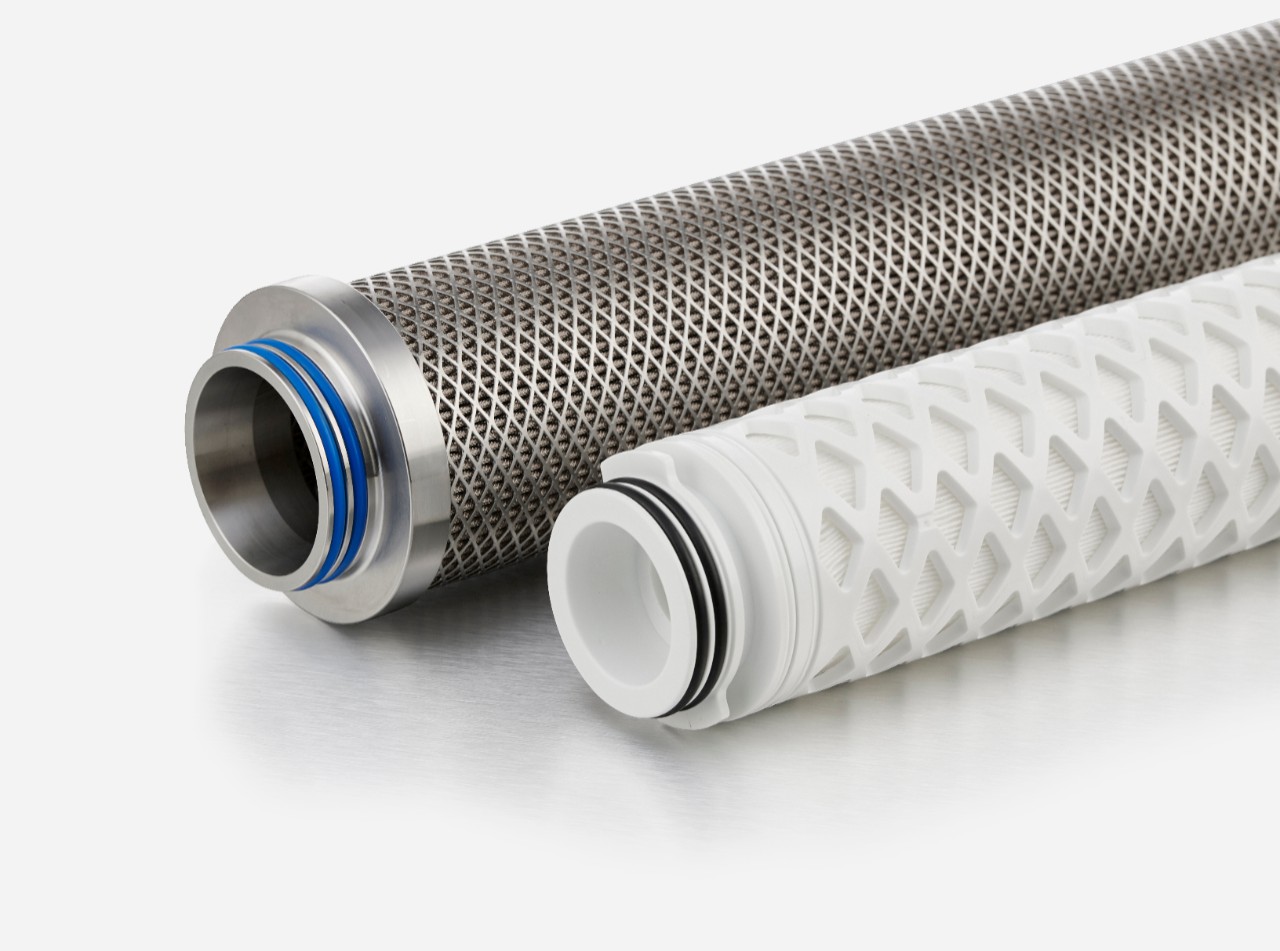
Filters
At Petrotek, we understand that maintaining the cleanliness and efficiency of industrial processes, machinery, and equipment is crucial for optimal performance. That’s why we offer high-quality Donaldson air filters designed to trap particles, aerosols, and other impurities effectively.
Our filters play a vital role in enhancing air quality and protecting your equipment from contamination, which can lead to reduced efficiency and costly downtime. With a commitment to excellence, Petrotek provides a wide range of filtration solutions tailored to meet the specific needs of various industries.
Product Features:
Flow-optimized design reduces pressure drop by 50% compared to conventional filters.
Unique bayonet lock ensures filters cannot be opened under pressure.
Timely element replacement leads to significant energy savings.
Economizer continuously measures differential pressure to indicate element change-out.
Applications:
Air filters stands as the benchmark for reliable, efficient, and safe filtration solutions across a spectrum of demanding applications and industries.
Effective in removing particulates, oil, water, and hydrocarbons.
Suitable for a variety of industrial gas filtration needs.
Designed to handle high-pressure conditions efficiently.
Provides reliable filtration for medical and vacuum applications.
Industries:
Manufacturing
Automotive
Pharmaceutical
Food and Beverage
Energy
Specifications:
Ultrafilter DF Series:
DF 0035: Capacity 20 scfm, Connection 1/4"
DF 0070: Capacity 41 scfm, Connection 3/8"
DF 0120: Capacity 70 scfm, Connection 1/2"
DF 0210: Capacity 123 scfm, Connection 3/4"
DF 0320: Capacity 188 scfm, Connection 1"
DF 0450: Capacity 264 scfm, Connection 1-1/4"
DF 0600: Capacity 353 scfm, Connection 1-1/2"
DF 0750: Capacity 441 scfm, Connection 2"
DF 1100: Capacity 647 scfm, Connection 2"
Filter Element Types:
P Elements: For particulate filtration, 25 micron absolute.
B Elements: For particulate filtration and coarse coalescing, 25 micron absolute.
V Elements: For coalescing with 99.9% efficiency on 5 micron particles.
M/S Elements: Coalescing with 99.9999% efficiency on 0.01 micron particles.
A Elements: Adsorption and particulate filtration, 1 micron absolute.
FF, MF, SMF Elements: Coalescing depth filters for water, oil, and solid particle removal with absolute efficiency.
PE Elements: Particulate filtration down to 5 microns with regenerable media.
SB Elements: High temperature filtration up to 248°C, available in 5, 25, or 50 micron ratings.
AK Elements: Two-stage adsorption for oil vapor and hydrocarbons with low pressure drop.
Ultrafilter DF-T Series: Combines filtration, separation, and drying in one unit.
High-Pressure HD Series: Designed for high-pressure applications with robust filtration.
AG & SG Series: Specialized for aggressive environments and steam applications.

Filters
At Petrotek, we understand that maintaining the cleanliness and efficiency of industrial processes, machinery, and equipment is crucial for optimal performance. That’s why we offer high-quality Donaldson air filters designed to trap particles, aerosols, and other impurities effectively.
Our filters play a vital role in enhancing air quality and protecting your equipment from contamination, which can lead to reduced efficiency and costly downtime. With a commitment to excellence, Petrotek provides a wide range of filtration solutions tailored to meet the specific needs of various industries.
Product Features:
Flow-optimized design reduces pressure drop by 50% compared to conventional filters.
Unique bayonet lock ensures filters cannot be opened under pressure.
Timely element replacement leads to significant energy savings.
Economizer continuously measures differential pressure to indicate element change-out.
Applications:
Air filters stands as the benchmark for reliable, efficient, and safe filtration solutions across a spectrum of demanding applications and industries.
Effective in removing particulates, oil, water, and hydrocarbons.
Suitable for a variety of industrial gas filtration needs.
Designed to handle high-pressure conditions efficiently.
Provides reliable filtration for medical and vacuum applications.
Industries:
Manufacturing
Automotive
Pharmaceutical
Food and Beverage
Energy
Specifications:
Ultrafilter DF Series:
DF 0035: Capacity 20 scfm, Connection 1/4"
DF 0070: Capacity 41 scfm, Connection 3/8"
DF 0120: Capacity 70 scfm, Connection 1/2"
DF 0210: Capacity 123 scfm, Connection 3/4"
DF 0320: Capacity 188 scfm, Connection 1"
DF 0450: Capacity 264 scfm, Connection 1-1/4"
DF 0600: Capacity 353 scfm, Connection 1-1/2"
DF 0750: Capacity 441 scfm, Connection 2"
DF 1100: Capacity 647 scfm, Connection 2"
Filter Element Types:
P Elements: For particulate filtration, 25 micron absolute.
B Elements: For particulate filtration and coarse coalescing, 25 micron absolute.
V Elements: For coalescing with 99.9% efficiency on 5 micron particles.
M/S Elements: Coalescing with 99.9999% efficiency on 0.01 micron particles.
A Elements: Adsorption and particulate filtration, 1 micron absolute.
FF, MF, SMF Elements: Coalescing depth filters for water, oil, and solid particle removal with absolute efficiency.
PE Elements: Particulate filtration down to 5 microns with regenerable media.
SB Elements: High temperature filtration up to 248°C, available in 5, 25, or 50 micron ratings.
AK Elements: Two-stage adsorption for oil vapor and hydrocarbons with low pressure drop.
Ultrafilter DF-T Series: Combines filtration, separation, and drying in one unit.
High-Pressure HD Series: Designed for high-pressure applications with robust filtration.
AG & SG Series: Specialized for aggressive environments and steam applications.
Enquire Form









